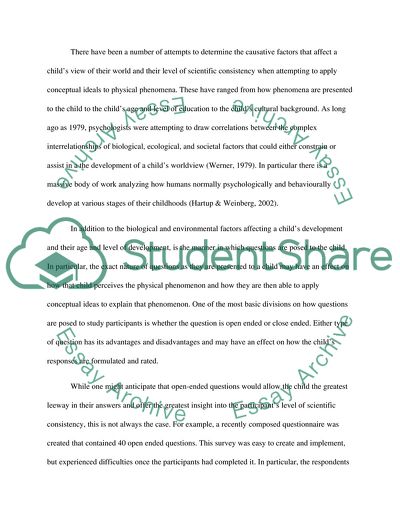Cite this document
(The Rates at Which Kids Give Scientifically Based Replies with Inner L Research Paper, n.d.)
The Rates at Which Kids Give Scientifically Based Replies with Inner L Research Paper. Retrieved from https://studentshare.org/sociology/1724345-research-report-childrens-understanding-of-the-earth
The Rates at Which Kids Give Scientifically Based Replies with Inner L Research Paper. Retrieved from https://studentshare.org/sociology/1724345-research-report-childrens-understanding-of-the-earth
(The Rates at Which Kids Give Scientifically Based Replies With Inner L Research Paper)
The Rates at Which Kids Give Scientifically Based Replies With Inner L Research Paper. https://studentshare.org/sociology/1724345-research-report-childrens-understanding-of-the-earth.
The Rates at Which Kids Give Scientifically Based Replies With Inner L Research Paper. https://studentshare.org/sociology/1724345-research-report-childrens-understanding-of-the-earth.
“The Rates at Which Kids Give Scientifically Based Replies With Inner L Research Paper”, n.d. https://studentshare.org/sociology/1724345-research-report-childrens-understanding-of-the-earth.


